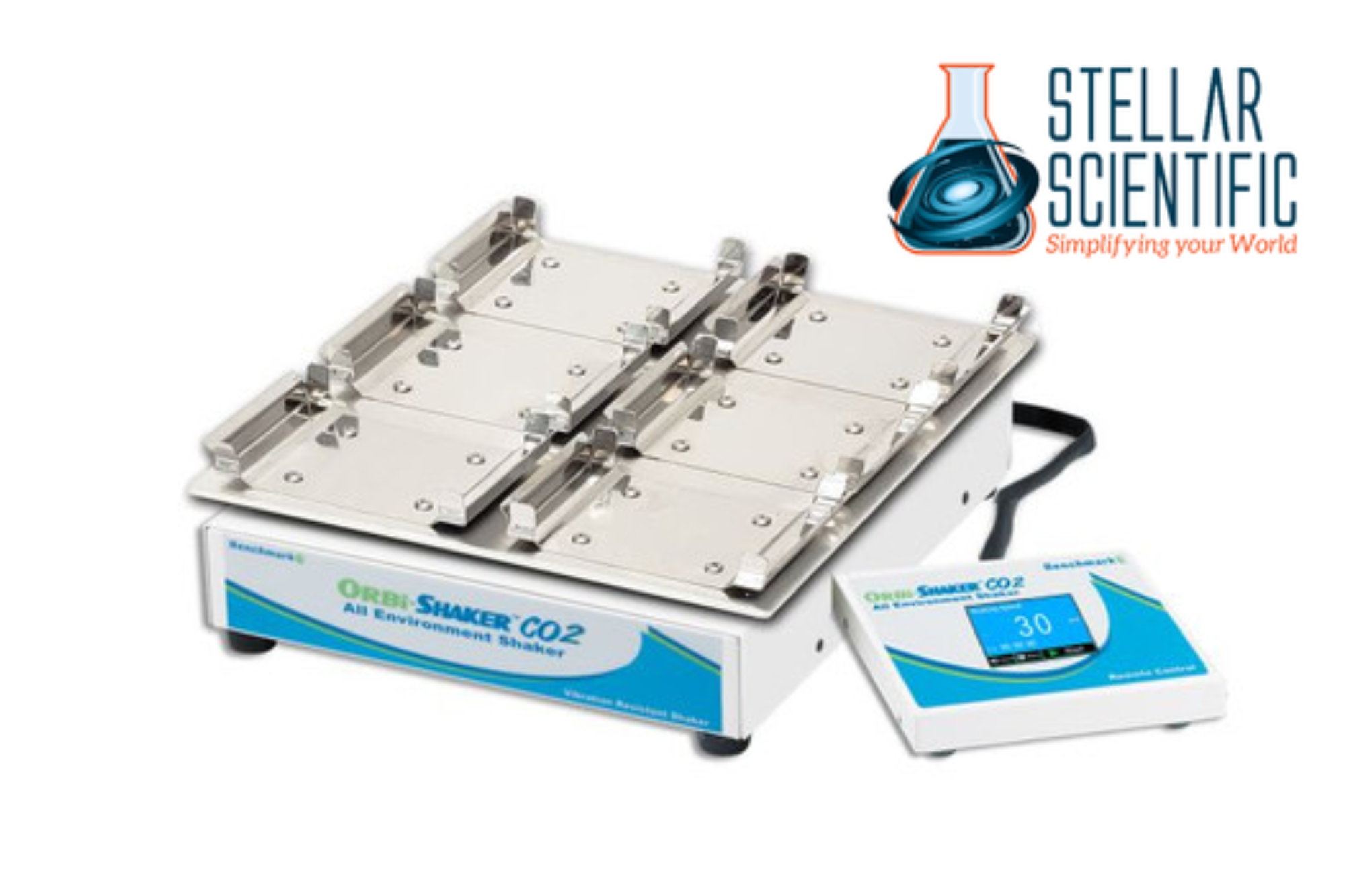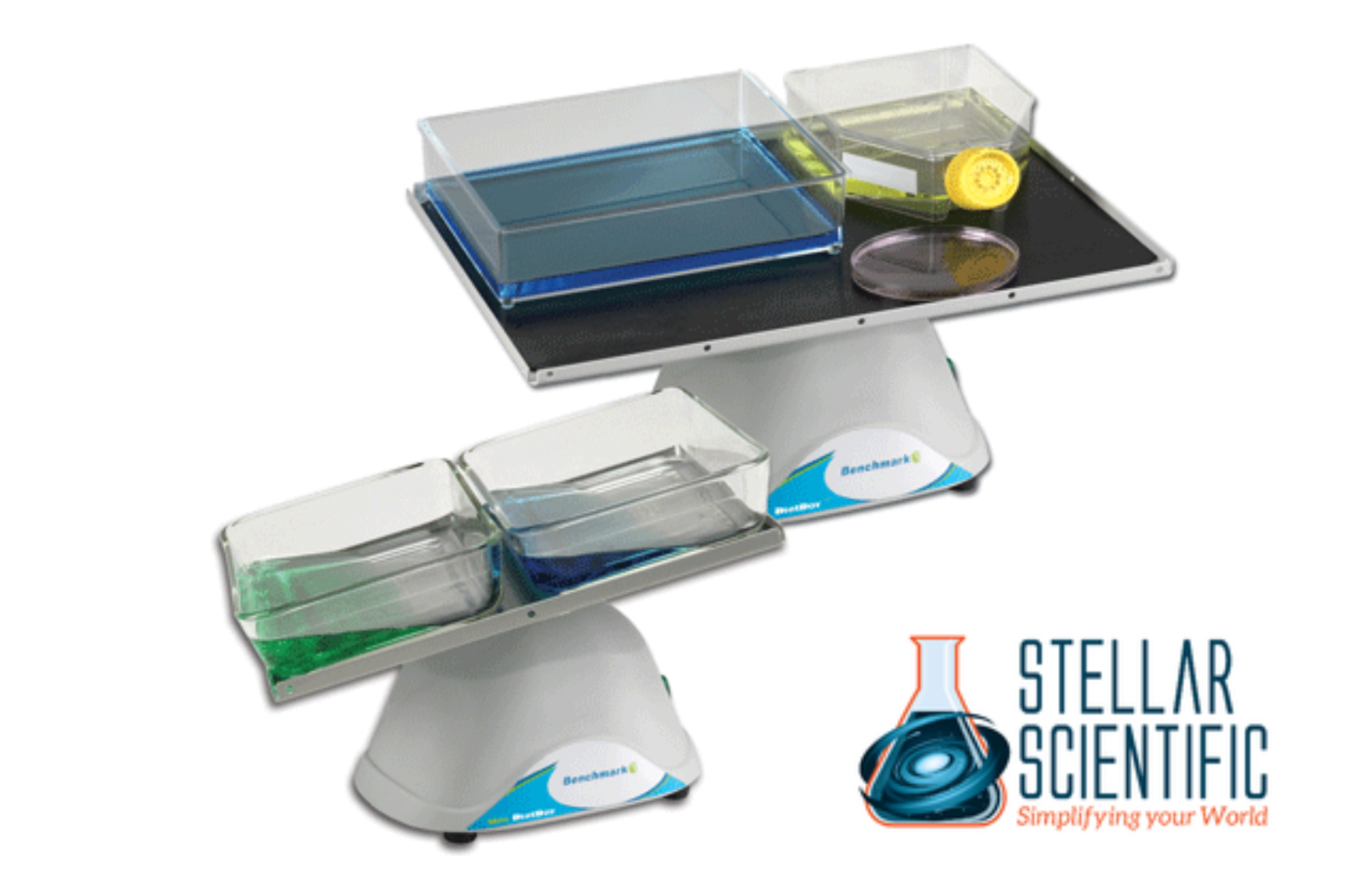In laboratories worldwide, precise and efficient mixing of substances is essential for experiments across numerous scientific fields. Whether in biology, chemistry, or medical research, uniform mixing plays a pivotal role in achieving accurate and reproducible results. Among the various types of mixing equipment, orbital shakers stand out for their effectiveness and versatility.
Orbital shakers provide gentle, yet thorough agitation, making them ideal for a wide range of laboratory applications. From biological cell cultures to chemical reactions, orbital shakers offer a reliable and consistent way to ensure uniform sample mixing. In this article, we will dive into what orbital shakers are, how they work, and why they are considered one of the best mixing tools in the laboratory.

What Is an Orbital Shaker?
An orbital shaker is a laboratory instrument used to agitate liquids in a controlled and consistent manner. It works by rotating containers, such as test tubes, flasks, or microplates, in an orbital (circular) motion. This motion ensures that the sample inside the container is evenly mixed, without splashing or agitation-induced damage.
Unlike other mixing devices, orbital shakers provide a continuous and smooth movement, which is ideal for sensitive samples that may be negatively impacted by harsh shaking. The gentle, continuous motion allows researchers to mix their samples thoroughly without introducing air bubbles or disturbing delicate compounds.
How Does an Orbital Shaker Work?
Lab orbital shakers consist of a platform that holds the sample containers and a motor that drives the movement. The platform moves in a circular or elliptical motion, and depending on the speed and intensity of the shaking, the contents of the containers are uniformly mixed. The motor’s speed is typically adjustable, allowing users to control the intensity of the shaking for different types of applications.
These shakers may come with additional features, such as temperature control, to provide more precise conditions for certain experiments. For instance, some orbital shakers are equipped with heated platforms, which can maintain an optimal temperature for incubating cultures or facilitating chemical reactions.
Why Orbital Shakers Matter in the Lab
1. Versatility Across Applications
One of the major advantages of orbital shakers is their versatility. They can be used for a wide variety of laboratory applications, from mixing cell cultures and reagents to preparing samples for analysis. Orbital shakers are commonly used in biological labs for cultivating microorganisms, growing cell cultures, or preparing media. The gentle motion prevents damage to delicate biological samples, such as cells, while ensuring they are properly agitated to encourage growth or proper mixing.
In chemical and pharmaceutical laboratories, orbital shakers are often used to mix reagents, solvents, or chemical solutions. The gentle yet thorough mixing process promotes better chemical reactions, and the controlled motion helps prevent separation of components. Orbital shakers are also used in industries like food science and environmental testing for the preparation of various sample types.
2. Gentle Mixing for Sensitive Samples
One of the key reasons scientists turn to orbital shakers is their ability to provide gentle mixing for sensitive samples. In many biological applications, such as growing bacterial cultures or maintaining cell suspensions, harsh shaking can lead to cell damage or the formation of bubbles that could interfere with the experimental results. Orbital shakers are ideal for these sensitive applications because they offer a smooth, continuous motion that gently mixes the sample without damaging it.
For example, in protein research, the correct agitation of samples is crucial to maintain the stability and integrity of proteins. The orbital shaking motion allows for uniform mixing without breaking down delicate proteins, making it an invaluable tool for maintaining sample quality in such sensitive experiments.
3. Increased Reproducibility
Consistency and reproducibility are fundamental aspects of reliable scientific research. Orbital shakers ensure that each sample undergoes the same mixing conditions, which helps eliminate variables caused by inconsistent agitation. The ability to precisely control the speed and motion of the shaker means that researchers can easily replicate the exact conditions across multiple experiments or different research teams.
This feature is particularly important in clinical research, where consistent conditions are required to ensure that results are comparable and accurate. Whether conducting drug testing, enzyme assays, or microbiological studies, orbital shakers provide the consistent mixing necessary for reproducible outcomes.
4. Efficiency and Time Savings
In busy laboratories, time is often of the essence. Orbital shakers are designed to work efficiently, allowing researchers to mix samples quickly and effectively. Unlike manual mixing methods, which can be time-consuming and may not provide consistent results, orbital shakers can mix multiple samples simultaneously, saving valuable time.
For high-throughput laboratories, where numerous samples need to be processed in a short amount of time, orbital shakers offer a highly efficient solution. Some models are designed to accommodate multiple sample containers, allowing researchers to mix many samples at once, increasing productivity and throughput.
5. Improved Results with Integrated Temperature Control
Some orbital shakers come equipped with temperature control features, which can be critical for certain experiments. Maintaining a specific temperature is essential for processes like cell growth, enzyme reactions, and PCR (Polymerase Chain Reaction) amplification. Orbital shakers with temperature-regulated platforms provide precise heating, ensuring that the samples are mixed at the required temperature for optimal results.
For example, cell culture often requires incubation at specific temperatures to promote growth and proliferation. Orbital shakers with integrated temperature control offer a reliable method for maintaining these conditions, combining gentle agitation with the necessary warmth for biological processes.

Applications of Orbital Shakers
Orbital shakers have a wide range of applications across various scientific disciplines:
1. Cell Culture and Microbiology
Orbital shakers are essential tools in microbiology and cell culture. They are used to agitate cultures of bacteria, yeast, and other microorganisms, ensuring even distribution of nutrients and oxygen while preventing cell clumping. This is vital for maintaining healthy cell growth and promoting the proliferation of cultures.
Additionally, orbital shakers are used to prepare bacterial growth media and maintain cell suspensions for genetic studies and other experiments. Their ability to mix without disturbing delicate cells makes them indispensable in these fields.
2. Protein and Enzyme Studies
In biochemistry and molecular biology, orbital shakers are used to mix enzyme reactions, ensure the proper formation of protein structures, and maintain solutions for assays and experiments. The gentle shaking helps to mix protein solutions without altering their structure, which is crucial for accurate and reliable results.
3. Pharmaceutical Research
Orbital shakers are used in pharmaceutical research to mix chemical compounds, develop formulations, and carry out stability testing. The precise control of mixing speed and temperature makes orbital shakers valuable for processes such as drug dissolution testing and stability studies.
4. Environmental Testing
In environmental laboratories, orbital shakers are used for water and soil testing, ensuring that samples are mixed evenly for accurate chemical analysis. The consistent agitation of samples helps extract contaminants and ensures even distribution of chemicals for testing.
Choosing the Right Orbital Shaker for Your Lab
When selecting an orbital shaker, several factors should be considered:
- Speed Control: Look for models with adjustable speed settings, which will allow you to customize the shaking speed based on the requirements of your experiment.
- Capacity: Choose a shaker that can accommodate the number of samples you typically work with. Some orbital shakers are designed to handle large flasks, while others are better suited for microplates or small vials.
- Temperature Control: If temperature is critical to your experiments, opt for an orbital shaker with integrated temperature control to ensure precise and stable conditions.
- Size and Footprint: Consider the space available in your lab and select a shaker that fits comfortably on your bench while accommodating the number of samples you need to mix.
About Stellar Scientific
At Stellar Scientific, we provide high-quality orbital shakers and a wide range of laboratory equipment designed to meet the needs of researchers and scientists across various fields. Our products offer durability, precision, and reliability, ensuring that your lab can perform at its best.


